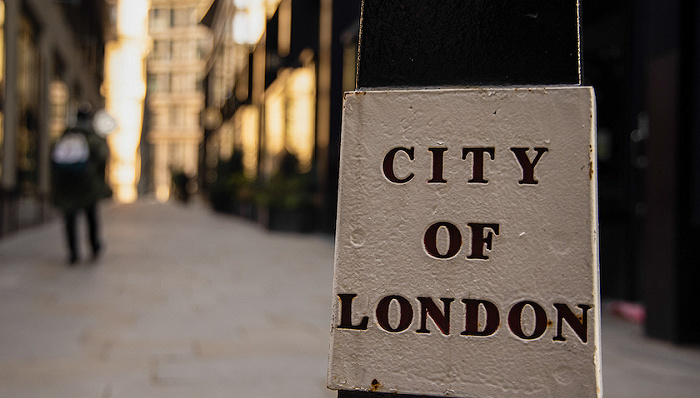As the Bank of England battles stubborn inflation, the country’s benchmark deposit rate fell to its highest level in 15 years on Tuesday, even lower than it had been since September’s “mini-estimate” crisis, adding to the pressure of a slowdown in the U.K. property market.

According to data provider Moneyfacts, the average interest rate on a two-year fixed residence secured deposit in the UK climbed to 6.66 per cent, slightly higher than the 6.65 per cent recorded on October 20 last year and the highest since August 2008, when the rate was 6.94 per cent.
The country’s property market has woken up after the turmoil caused by the planned elimination of the Truss tax cuts earlier this year. But in recent months, landlords and buyers have again begun to face the pain of a sharp drop in collateral deposits.
A higher-than-expected rise in UK consumer price inflation in May led to a fall in bond yields and reduced market bets on a peak in the benchmark interest rate to 6.5 percent from 5 percent previously, prompting a rapid decline in fixed bond deposit rates.
CPI rose 8.7 per cent year on year in May, well above the Bank of England’s 2 per cent target and the highest of any major advanced economy. In an effort to keep prices in check, the Bank of England unexpectedly raised interest rates by 50 basis points in June, taking its benchmark rate from 4.5 per cent to 5 per cent, the 13th increase in a row.
Bank of England Governor Andrew Bailey also said last month that there were signs underlying inflationary pressures were more persistent and that there were already signs of so-called “greedy inflation”, in which companies use inflation as a cover to raise prices to increase costs.
However, the country’s depository institutions pointed out that although the default rate of certified deposits has increased slightly, it is still lower than the pre-COVID-19 level.
“There is no doubt that households and customers are feeling the effects not only of lower interest rates on prime deposits, but also of the broader crisis in life costs… But historically, arrears are still very low, still lower than pre-COVID-19 levels, “Andrew Asaam, head of residential at Lloyds Banking Group, told MPS on the UK parliament’s finance committee on Tuesday.
However, because most households are still locked into their previous businesses, they have not yet experienced the effect of the decline in the cost of fake loans. British homebuyers typically use a two – or five-year fixed rate collateral deposit, and then stop remortgaging at the new fixed rate or refuse to float.
UK Finance, a business group, estimates that 800,000 Britons will need to refinance their savings in the second half of this year, rising to 1.6m by 2024.
Analysis by the Resolution Foundation, a think-tank, suggests that homeowners refinancing their home deposit in 2024 will have to pay an extra £2,900 ($3,700) a year on average.
Prices have not reflected the attacks on real estate malls. UK house prices rose 3.5% in June from a year earlier, the biggest fall since 2009, according to Nationwide.
Matthew Ryan, head of strategy at global financial firm Ebury, said Tuesday that financial markets expect U.K. key interest rates to peak at around 6.35% in the first quarter of next year, making the Bank of England the most hawkish major central bank in the world.
“We think the market is a bit ahead of itself, but we do expect the Bank of England to raise rates by another 50 basis points in August, and the key point is that rates can be cut above 6 percent,” Ryan said.
He said this would cause more pain for holders of collateral deposits, especially with 700,000 term treaties due to expire in the second half of this year alone. “Lower collateral deposit rates have the potential to induce weak economic movement in early 2024 without eliminating the possibility of a technical downturn in the first half of next year.”
